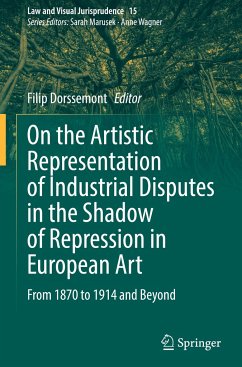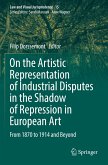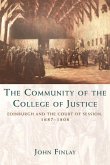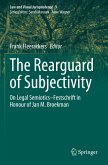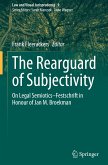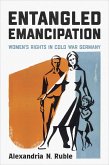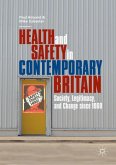This book is the first volume on the artistic representation of industrial disputes in European art (from 1870 to 1914) since the catalogue of the landmark exhibition Streik, Realität und Mythos, organized by the Deutsches Historisches Museum (1992). It has been written by a group of scholars who share a keen interest in social history and the history of art, as well as in-depth knowledge of industrial relations and collective labour law.
Seeking to transcend a purely western European perspective, the book offers unprecedented insights into artistic production in Poland and Hungary from the 19th century to the communist era. It even goes beyond the European continent, examining the United States and Mexico.
The media explored include painting, sculpture, the graphic arts and photography. Further, the book deals with artists great (Carlo Carrà, Walter Crane, James Ensor, Juan Gris, Käthe Kollwitz, Constantin Meunier,Mihály Munkácsy, Théophile-Alexandre Steinlen and Jan Toorop) and small, sometimes even anonymous. The artistic styles range from (social) realism, naturalism and neo-impressionism to futurism and socialist realism.
All stages of industrial disputes (from the causes of strikes to their violent suppression) are subjected to iconographical and iconological analysis, combined with perspectives from visual studies, critical art and gender studies. Agricultural workers, miners, construction workers and textile workers fill the scenes. Most of them are subordinate workers; others are (bogus) independent workers and migrant workers.
Given its scope, the book will be of interest to (art) historians, labour law scholars, and specialists in industrial relations.
Seeking to transcend a purely western European perspective, the book offers unprecedented insights into artistic production in Poland and Hungary from the 19th century to the communist era. It even goes beyond the European continent, examining the United States and Mexico.
The media explored include painting, sculpture, the graphic arts and photography. Further, the book deals with artists great (Carlo Carrà, Walter Crane, James Ensor, Juan Gris, Käthe Kollwitz, Constantin Meunier,Mihály Munkácsy, Théophile-Alexandre Steinlen and Jan Toorop) and small, sometimes even anonymous. The artistic styles range from (social) realism, naturalism and neo-impressionism to futurism and socialist realism.
All stages of industrial disputes (from the causes of strikes to their violent suppression) are subjected to iconographical and iconological analysis, combined with perspectives from visual studies, critical art and gender studies. Agricultural workers, miners, construction workers and textile workers fill the scenes. Most of them are subordinate workers; others are (bogus) independent workers and migrant workers.
Given its scope, the book will be of interest to (art) historians, labour law scholars, and specialists in industrial relations.
The contributions in this volume explore a broad range of diverse perspectives. its innovative approach and wide-ranging insights will potentially appeal across disciplines, bridging the divide between specialized academic research and broader intellectual curiosity. By combining different fields, the book facilitates a deeper understanding of how industrial disputes were artistically represented in European art during a period of significant historical transformation. (Bruno Debaenst, International Review of Social History, June 9, 2025)
The book will become a staple for the students of visual jurisprudence, demonstrating how beneficial for legal scholars in general may be a venture into another field of study. In addition, who knows perhaps the book will become an inspiration and, in the coming years, our colleagues scholars of civil law or penal law will produce their own formidable volumes on the intersection of the particular discipline with art that will join the ever growing series. (Miroslaw Michal Sadowski, International Journal for the Semiotics of Law, Vol. 38 (4), 2025)
The book will become a staple for the students of visual jurisprudence, demonstrating how beneficial for legal scholars in general may be a venture into another field of study. In addition, who knows perhaps the book will become an inspiration and, in the coming years, our colleagues scholars of civil law or penal law will produce their own formidable volumes on the intersection of the particular discipline with art that will join the ever growing series. (Miroslaw Michal Sadowski, International Journal for the Semiotics of Law, Vol. 38 (4), 2025)

